Macu Machín premiered her debut film, The Undergrowth (La hojarasca, 2024), in the Forum section of the Berlin Film Festival, an intimate and fascinating documentary, where the imagined is hardly distinguishable from the real. The career of this film, as modest in its production as it is ambitious and accomplished artistically, has won several awards, for example, the Silver Biznaga for best Spanish film in Malaga Festival and the award for Best Director, and Best Direction in Guadalajara Film Festival. And there are still nominations for the Forqué, Feroz, and Goya 2024 Awards, where it could be a favorite.
We met the Canarian director to talk about her film and the repercussions it has had both personally and professionally to date.
EVA PEYDRÓ: La Hojarasca is your first film and you chose as a theme something that seems very intimate. Has that been in your head since forever?
MACU MACHÍN: Yes, in fact, it was in my head for 20 years, when I was studying for a master’s degree in documentary film in Buenos Aires, around 2004, 2005. And it came about because of an exercise. It was a master’s final exercise that I was doing. We had to do a self-referential documentary. And I thought of my family, obviously, because I’ve been so far away from home and family. It’s inevitable to fantasize, or in my case it was like that, right? Nostalgia. And that was the starting point, right? To live so far away for so long, and my level of fabulation around my family was growing and growing, right? In different ways.
Can we talk about the fact that it’s a documentary, but that it’s part of fiction?
Yes, of course. In fact, The film premieres here in Thessaloniki in the fiction edition. Now, in November, it’s fiction. In March, it’s a documentary. And they decided that, why not? Of course, it’s fiction. They asked me a lot in the Q& A, how much is in documentary and how much is in fiction? I couldn’t think in percentages. And I say I don’t know. It depends on the day. The protagonists are real people, right? The protagonists are my mother and my aunts.
And why one of your aunts has another last name?
Because she is the daughter of another father, of an unknown father.
I thought about it because I thought that maybe that part of the fiction is there, right?
No. They are three sisters who had a very hard childhood, so they lived very close.
It’s a very realistic way, apart from poetic, in which you describe the relationship of the sisters, with that closeness and at the same time all those feelings buried there, more negative. They are jealous, right?
That was something I wanted to address. The protagonists are my own family, and they are setting on stage a conflict that belongs to my own family, which is real. And with that, I wanted to play, to try to laugh at our own problems. They asked me: Why don’t you do it with professional people? So that the movie comes out beautiful. And I say, no. Either it’s with you, or not. Or this movie doesn’t make sense. And of course, I was afraid because of that uncertainty of whether I would be successful, because I was going with my producers, and you go with a team. And you have that fear that intuition will be reflected on the screen.
And what is the limit of the shame of showing yourself publicly?
How interesting. They are, look, they are my family, right? We are all very simple and very shy. But It was super easy. On the second day, they surrendered. On the second day of shooting, we shoot super early. The first scene in the morning, the second day of shooting is my favorite scene of the movie, and I think it’s one of the most complex, right? Because it’s subtle. This is the moment when they are in the cave drinking wine and saying goodbye, the two sisters. That happened on the second morning. The first day we were rolling almonds, which was to get warm. And on the second day, we started with that. How have they reached this level of depth and subtlety? I was amazed, very surprised, because we never rehearsed. So their level of commitment was such And obviously that somehow you are moving energies. Although I proposed to them and I wanted to protect them all the time from all this to me it seems like a very aggressive shooting, even if it’s small and documentary, but you’re trying to make things happen… And you have a time that goes backward, that runs backward and you need things to happen.
And all my effort was that they didn’t notice that, right? That there was a time that was running. And protect them and give them the time they need. Yes, because I wanted the team to understand that they didn’t have to adapt to us. We had to adapt to their times.
And how did this filming and this experience affect your own lives? How was the aftermath?
It did at a very deep level because these are issues of family inheritance. When they are resolved they are not resolved completely. You put a little band-aid there, you cover it on one side, but it’s still there. Because it’s been so many years, even centuries, how there are enchanted energies.
The scene of the little papers with the names of the properties is very symbolic. Because also reminds us that this is a game. They are playing with that inheritance a little, but without giving it excessive importance, is beautiful.
For me, the theme in the scene of the little papers, of course, was how to solve the issue, they don’t know what to do, right? They don’t have the resources and they don’t want to get into the mud to fight. As they are trying to protect themselves, but at the same time there is a very hard energy inside. That’s true.
And I think they’re also trying to protect the little sister, right? Who is Maura? for me is the soul. She’s an angel.
She’s an angel, exactly. I always thought so, in my own family. But the movie, for me, represented the angel. Yannis, yesterday, was telling me that The story is very Chekhov, isn’t it? For you, his literature was a reference. I say it’s Russian literature in general, isn’t it? This idea of an angel, isn’t it? That there is a pure, innocent being, and then there is all the human meanness that drags us. Unconsciously forces us to defend ourselves, to defend the material, and Maura represented all the innocence that the human being can have, and also, it seems to me, that she is also the angel who saves. In the end, who redeems them?
The most important thing is that she brings out the best of the human race.
Exactly.
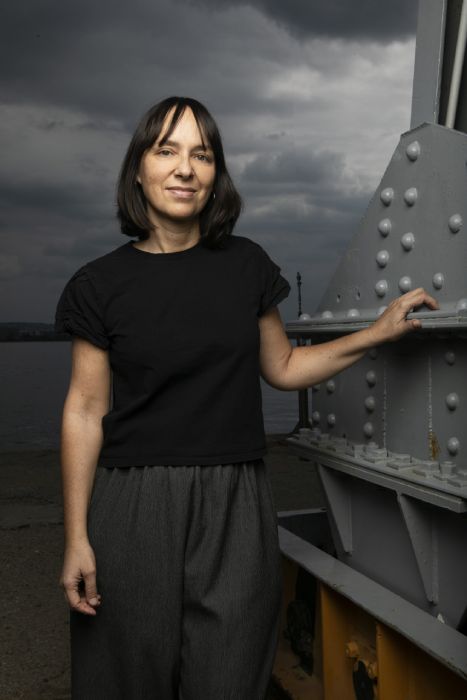
Macu Machín © Aris Ramos-TIFF
And I would also like to talk about something that is very important in your film: the visual concept. All the artistic part, all the decisions in terms of photography and lighting are extraordinary, and how so in tune with the story, so respectful. It doesn’t make us forget the story, but it elevates it in some way. And where did that come from? Let’s start with the visual.
It’s a work shared with the photography team. First with José Ángel Alayón, who is the photographer and the producer. In our conversations I told him that a reference for me was a baroque painting, I would like us to be able to see each shot as a baroque painting, with dark light, right, as if it were Caravaggios.
The still lifes are awesome and meaningful.
And when you get to see my aunt’s kitchen, you’re going to hallucinate when you see those mountains of casseroles. That accumulation of pots is back there. And I saw it, of course, but I told him, I’m going to do it. But in a documentary way, without generating a complex apparatus, with the smallest number of people possible. And we saw it very clearly, he has a very special sensibility. We went without artificial lighting, it’s all-natural lighting. So it was thinking about each shot with the light that was coming at each moment, organizing ourselves with, now is the witch hour, let’s do this shot. So it seemed to me that it was doing a planning that primed the wishes and needs of the protagonists and then organize it around the hours of light.
Because it was all like sculpting the time with the light that we had at every moment. And it was a super beautiful job by Alayón and Zhana Yordanova. She loved to work with natural light.
And the resource to the darkness…That was already there from the beginning?
The moment of the blackout. We shot it in the first shoot, because we were there three times, in La Palma, shooting. And we did that scene the first time we were there. Obviously, the script develops in the process, because I wanted to shoot things because I sensed that they could work, because of the energy. But, of course, you’re changing the structure all the time. When you film it, you think you’re going from B to C, but maybe you’re editing and it happens at another time. But there was that blackout, and we filmed it, and to place them surrounded by that nature, by the movement of nature.
Because the role of nature in the film is fundamental.
Yes, that was clear from the script. And when the volcano exploded I said, I know where that blackout is going. Why is there a blackout? We are in that prelude.
And on the subject of nature, it is also closely linked to the way that you have used the sound. Because there are times when the sound of the wind turns off the voices, that seem secondary, it’s like above them. The Undergrowth does not show the cycle of nature, but the connection of lives with their natural environment, for example during the harvest.
Exactly. Yes. I feel very proud, on the one hand, for the photography work, because it was like, in a very artisanal way, trying to paint like a Caravaggio, with the minimum elements and with real people who play themselves. But sound is one of the things that I like the most in the universe, the sound work. In fact, when I write the script it happens to me that I imagine the scenes from the sound. I imagine the images from the sounds, right? In fact, for me, “la hojarasca” (leaf litter), as I always say it, is a sound word. You say “hojarasca” and you’re listening to that, right? So an image is generated from the sound of the onomatopoeia.
It is also very organic because it also flows with the way they speak… those whispers… You feel all the process down there, but the way they speak is so sweet.
It’s risky, isn’t it? Because when you imagine two people arguing, you think they have to scream. And that they have to break dishes, right? Yeah. And, of course, you say, wow, but they discuss so gently. I know that when I hear certain words, no, when my aunt Carmen says, what is mine, what is yours, and I get goosebumps because I know that it is dragging a wave, that, no, that there is something that is inside, that is starting to come out. It seems that they are speaking in a very calm way, but there is something that is moving, that is dragging, not like those tides, no? When a storm moves in the deep, as it is called in Spanish “mar de fondo” (groundswell). You see it calm, but down there everything is starting to move.
And how was it for you to premiere your first film in Berlin?
It’s one of the most beautiful gifts of, obviously, an A-class festival, I love Berlin. So I thought, if there’s a festival where I would like to be, it’s in Berlin. It seems to me that it is a city that is more attached to the land, to the things that are happening in the world. I’m in love with Berlin. And it was also a gift because my mother came. I wanted, in my dream, to be with the three protagonists, but it was very difficult. Maura has this disease so complex that I didn’t want to take her there because she has that rare disease and mobility problems. It’s a disease that they have barely 300 people in the world. And she was diagnosed very late, just 8 or 9 years ago. And my mother has always taken care of her. She is like my older sister. Maura is my older sister.
I love the pictures of the three young sisters at the end.
Maura was so photogenic. Of course, as a spectator, I don’t think everyone knows who Maura is. Maura was gorgeous. She was very photogenic, she loved posing. And she was very pretty. The thing is that the disease has ruined her. So I took my mother to Berlin because my other aunts couldn’t. Carmen is afraid of the plane and I was like, Oh Carmen, come because it’s going to be beautiful. You’re going to laugh a lot with Mommy. I know they have a strong character, but then when they are together, they laugh about anything. In the scene of the blankets, I wanted, in some way, to stage their sense of humor, which only they know.
And how was the reaction of the public in Berlin?
Very beautiful, because people laughed a lot. I thought that it was such a personal film that takes place in La Palma… I thought it was poetic justice because the Germans came to La Palma 30 years ago, they live there, and I went with my family from the village to Berlin. And I went to present the film and it was super nice. The three screenings were sold out. And the Q&As were wonderful but super long. Like 45 minutes for each Q&A. My mother went up to the stage and it gave me goosebumps because my mother was super shy. I wanted people to applaud her. She was very scared, just like me. And she went up to the stage, and she stayed, I guess because she was embarrassed to go down, but as the translator began to translate it to her, which is, I said to the translator, I said, for such a beautiful job you’ve done. Because I asked for a translation so I could speak in Spanish quietly.
And then she started talking to my mother and not to me. I thought it was super nice because that kept my mother there participating. And she listened to everything I was asked and my answers. At one point, she felt like talking to the translator, of course, I put on the microphone because she felt like she was in a space that was intimate and comfortable. And then, suddenly, she started talking, and I got goosebumps. because she was talking about very intimate things, about her care with Maura, sharing it with a lot of unknown people, being able to make a universal story, to tell a fable, a classic story, an old story based on its history.
It’s the three sisters, it’s a stereotype of the morphology of tales.
Of course yes. Three characters, but also three sisters who each have their own stories, and have something to say or something to hide, and see what happens.
Like in Chekhov, right?
Yes, exactly yes, there it was.
Tell me about your next projects.
I’m starting to develop a new project called Las porteadoras. And I’m laughing because I’m going back to my family’s orchards, now in a more fictional way, or less hybrid, I don’t know. I like to work with the real thing. I’m going to try to make the text sound like the real thing because if not, it doesn’t make sense to me. The cinema that I like is permeable to the real. And so now I want to question a little, because it seems to me, every time I come to those orchards, which are nothing, which are abandoned, I always fantasize about what their lives were like. And of my mother, of my aunts when I was little, and especially of my grandmother, whom I did not know, or my great-grandmother. Women were alone in the middle of the mountains, because they didn’t have men there for different reasons. And I want to tell the story of my grandmother and great-grandmother, fantasizing a little, and also with the stories that my mother has told me. And I have the first version of the script. It was chosen for a program of the Academy of Science.
It’s a very ambitious program, very beautiful, from the Academy of Cinema, Rueda, and I’m there, developing this new project.
We await Las porteadoras with excitement and wish you a long commercial career and more awards to come for your first film.

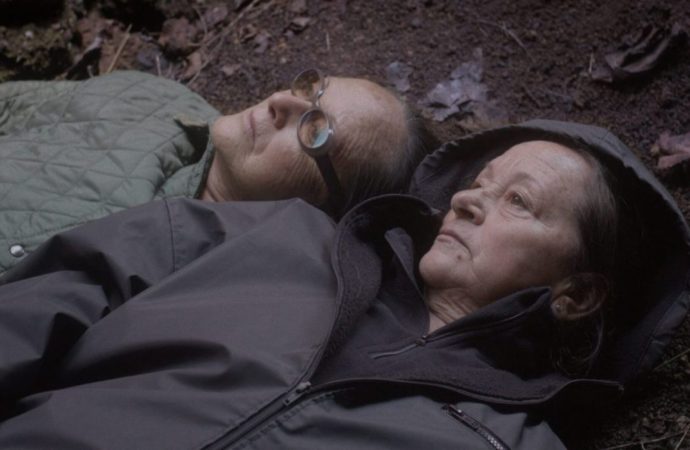
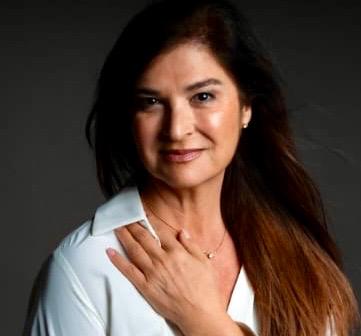

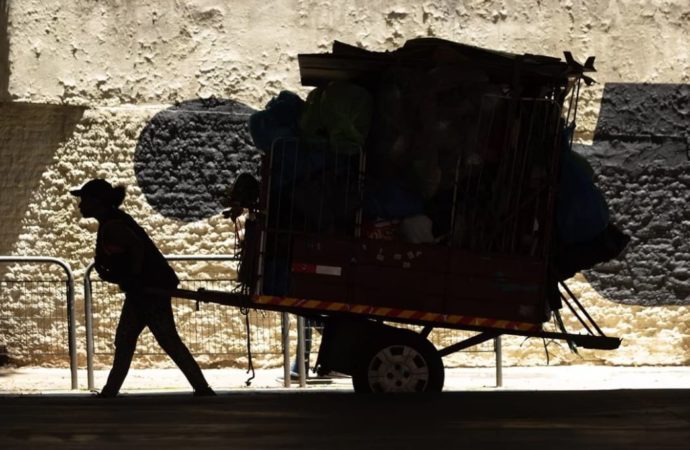
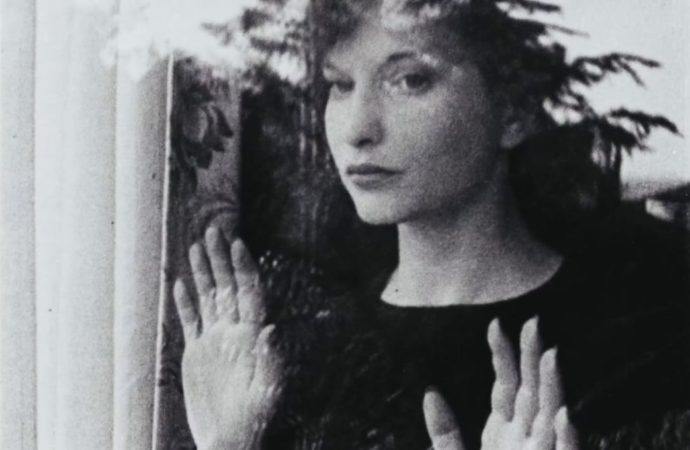
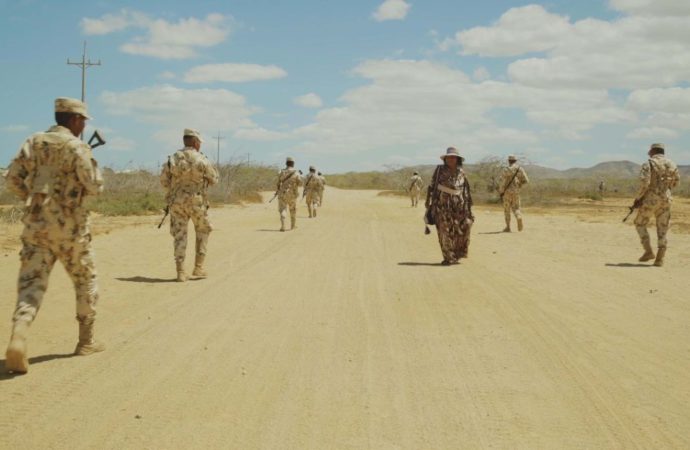
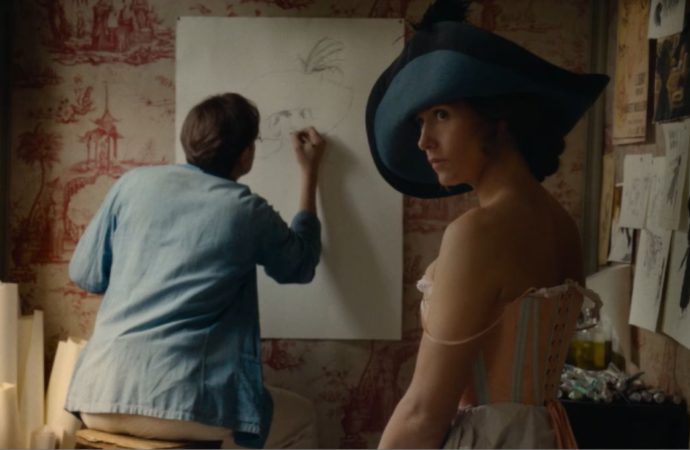
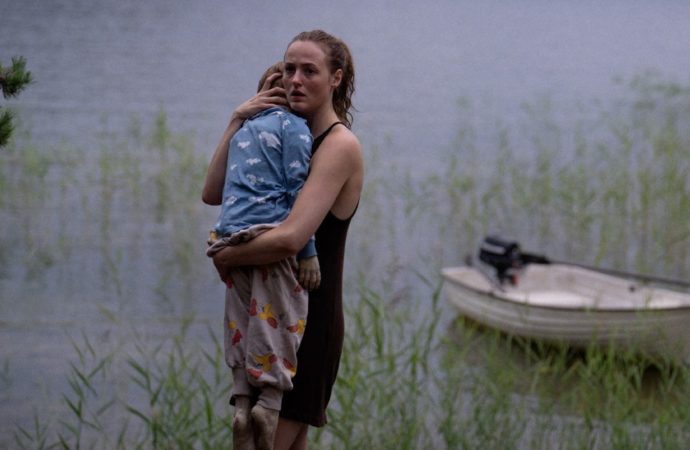
No one has posted any comments yet. Be the first person!